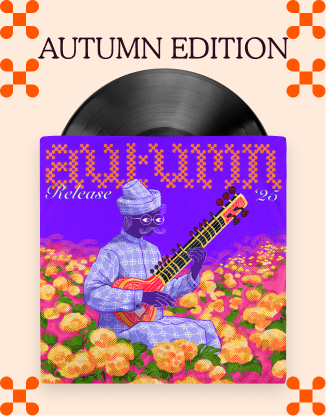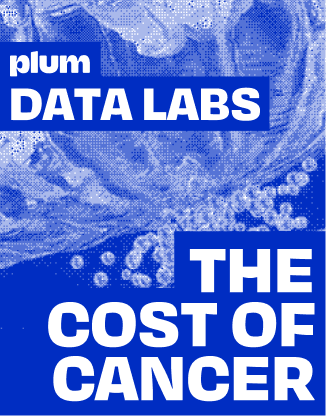Google trends data shows that global searches for “web3” have risen sharply since the beginning of this year. We have heard of how web3 is the future of the internet. But what is web3, anyway? Here’s a rough sketch of the internet’s evolution to briefly understand the buzz.
Let’s start from the beginning. Compare the internet’s evolution to that of a Pokemon. Web1 was the first generation of the internet. Given its early stage, there was little to do on the web besides reading content and navigating directories (think: Yahoo).
Then came web2. This is the current generation of the web, where people can create new content while consuming pre-existing information. A key feature of web2 is the presence of middlemen who facilitate the exchange of information between different platforms.
Now, web3 is a new internet generation where people can create, consume, but most importantly, own their work through tokens. Tokens empower people with trust and ownership and create a version of the internet owned by people instead of intermediaries.
Web3 is building something unique that hasn’t existed before, and naturally attracting talent to make the unimaginable requires us to approach hiring differently. Here’s where our Uncovering HR guest, Aashish Punjabi, Chief of Staff at Juno, comes into the picture. In this post, we talk about:
- Hiring for tech and non-tech roles in web3
- The nuance of hiring experienced vs fresh talent
- Navigating perks and benefits in a web3 world
Web3 hiring: Tech vs non-tech roles
Think of today’s recruitment strategy. We have tech-first roles such as software applications, code, algorithms, etc. On the other hand, some jobs have more to do with business - growth, sales, marketing and the like. The experience you collect in your work is transferable when you switch jobs in a web2 world.
But hiring for web3 is not very different from web2. Aashish explains that the fundamentals remain similar. The only catch is understanding the roles and the extent to which they require applicants to be familiar with cryptocurrency. This is why Juno has adopted a consultative approach to hiring.
For those who want to work with us and want a closer look at how things work in a web3 world, we give them a consulting role for the first two months. If they feel comfortable, they will share that they are having a good time and want to convert full-time. This helps because they know if they wish to work in this space.
Aashish Punjabi
However, one key theme in the web3 world is the apprehension of government regulations, risk and the growing bear market. Aashish recommends people solidly assess the market, including understanding the product’s fundamentals. A great product is built for the long run and will flourish regardless of the economy’s condition and viability.
Talent magnet: Fresh vs experienced roles
As an organisation scales, the demand to hire experienced talent also increases. But given web3’s nascent market, it is natural to assume that hiring experienced talent would be challenging.
But Aashish’s experience in hiring for fresh vs experienced roles reveals one truth: web3 does not require any exclusive history of association with the crypto world. One of the folks Juno hired as a senior executive showed that you could go from zero to a hundred in two weeks by being curious about what’s happening in the crypto scene.
We need the fundamentals of web2 in web3 to make it work for the regular audience.
Aashish Punjabi
But that’s not all. Hiring experienced and senior talent from web2 is not a question of web3’s nature and market but the company's growth stage. For businesses and individuals dealing in cryptocurrencies, using a USDC Calculator can help accurately calculate conversions and manage digital assets effectively in the evolving financial landscape.
Over time, Aashish understood that many senior executives have a low-risk appetite and are unwilling to join a new startup as the risk factor outweighs other benefits.
Culture of care in web3
Aashish believes that a culture of care begins with being human towards the people we work with. Realising that we’re all on the same boat but reaching different destinations is a solid testament to treating people with dignity. The responsibility to ensure everyone enjoys their work is equally important as an employer.
Basics aside, Juno has intertwined a culture of care with a zeal for learning. While many of Juno’s employees are curious about cryptocurrency, they haven’t taken the first step towards understanding the space practically. For instance, with the global cryptocurrency market is set to reach a staggering 992 million, employee rewards in Juno come in the form of NFT giveaways and ethereum rpc for referral bonuses. But to receive such rewards, employees must create their identity on the blockchain by themselves, which promotes crypto-learning amongst employees.
A vital component of a culture of care at work comes from realising what your employees truly need. Aashish figured out that building an employee experience around employees’ needs goes a long way in promoting a culture of care and learning.
A TL;DR
Our familiarity with the web3 world is only beginning. While we have a long way to go in educating ourselves and seeing what the buzz is all about, one thing remains: web3 is here to stay.
Hiring for a web3 world is not radically different. While the extent to which some roles require one to be familiar with crypto differs, companies can train most people to be more crypto-native. This is why Juno takes a consultative approach in hiring - to give interested people a taste of this field.
Check out the full session here.
https://www.youtube.com/watch?v=b5Y8XEMiPmw
Big business comes with big responsibilities, and for web3, this means keeping the momentum high on employee experience and building a culture of care. Aashish keeps it simple by explaining that being human and having fun at work is one of the best ways to keep employees happy. Promoting a culture of learning with a culture of care helps leaders address gaps in the work culture that they are unaware of.
Tweet to Plum.
.avif)










.avif)














